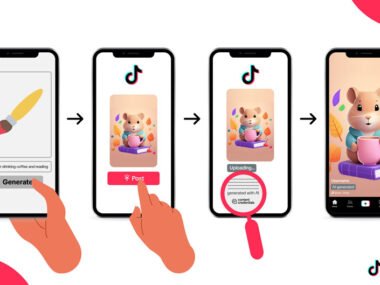The moment a client or customer crosses the threshold, your décor starts talking. Clean lines whisper efficiency, warm tones hint at hospitality, and clever lighting says, “We sweat the details.” Great interior design is not a vanity project—it’s an investment vehicle that pays in greater foot traffic, higher sales, and stronger employee morale. Here’s how every carefully chosen chair, tile, and light fixture can translate into measurable returns for your business.
First Impressions That Convert
Picture two cafés on the same street. One greets you with mismatched chairs and flickering bulbs; the other welcomes you with cohesive colors, comfortable seating, and subtle brand cues. Which one feels trustworthy enough to justify a premium latte price? Design shapes perception within seconds, nudging patrons to linger—and to spend.
A well-considered storefront façade and reception area, perhaps a building construction service from a Toronto commercial company, build confidence faster than any ad campaign because customers experience it with all their senses at once. They translate that positive feeling into purchase intent, leaving with fuller bags and the instinct to recommend your space to friends.
Boosting Employee Productivity and Retention
A drab office drains creativity; a thoughtfully designed workspace fuels it. Natural light, ergonomic furniture, and zones for collaboration versus quiet focus aren’t luxuries—they’re productivity multipliers. Studies show employees in well-designed environments make fewer mistakes, take shorter breaks, and stay with the company longer.
When you tally the savings on recruiting, onboarding, and lost output, an interior upgrade quickly appears on the balance sheet as a hidden salary raise that keeps paying dividends every payday. Happy teams also become informal brand ambassadors, broadcasting their satisfaction on social media and attracting fresh talent.
Operational Efficiency on the Floor
Flow is money. Retail aisles that guide shoppers intuitively toward high-margin items, hotel lobbies that reduce check-in bottlenecks, and restaurants that minimize server travel all share one thing: strategic spatial planning. By shortening steps between tasks and clarifying sightlines, design reduces wasted motion, energy costs, and the need for extra staff.
Every inch saved on storage through smart cabinetry or flexible fixtures opens revenue-generating space out front. Over months and years, these micro-efficiencies compound, trimming operating expenses and cushioning profit margins.
Long-Term Asset Appreciation
Good design ages gracefully; great design grows in value. Commercial properties with timeless finishes, durable materials, and brand-appropriate accents command higher lease rates and lower vacancy. Prospective tenants or buyers will pay a premium to avoid costly renovations down the road, especially when the aesthetic already aligns with modern expectations.
Even a single feature—say, a striking lobby mural or a tastefully branded custom wall decal—can serve as a landmark that cements the building’s reputation and justifies higher capitalization rates. In essence, design future-proofs your asset, allowing it to outperform market averages year after year.
Conclusion
A renovation budget may look like an expense on paper, but in practice, it is capital invested in perception, productivity, efficiency, and property value. When every square foot is curated to delight visitors and empower staff, the payback shows up in higher sales, stronger loyalty, and an appreciating asset on your ledger.
In a marketplace where experience drives spending, great interior design isn’t a nice-to-have—it’s one of the smartest ROI moves a business leader can make.







